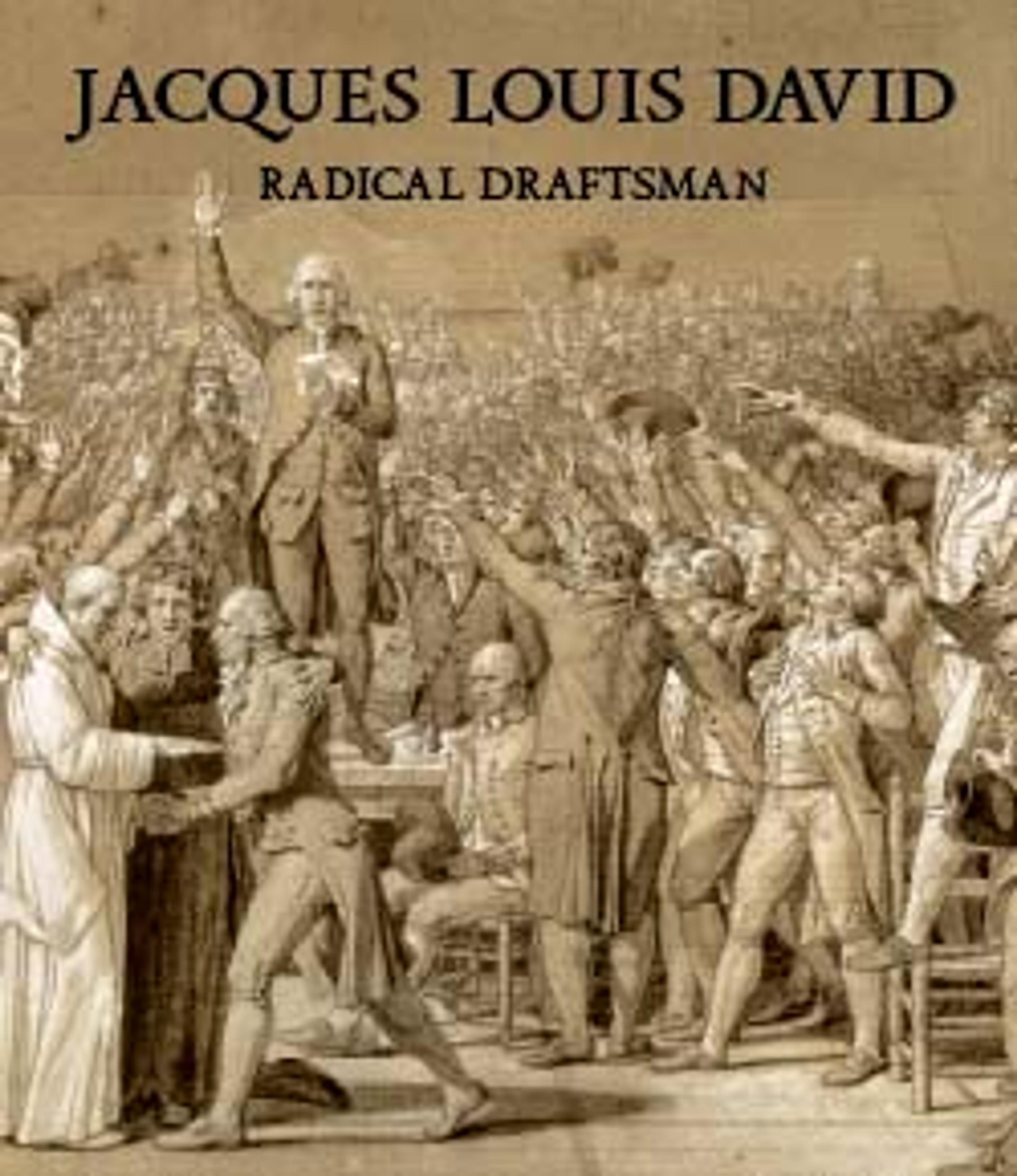The Death of Camilla
Before painting his Neoclassical masterpiece The Oath of the Horatii (Musée du Louvre, Paris), David explored many episodes of the story in sketches. In this sheet, David portrays the death of Camilla in the aftermath of the battle between the ancient Roman and Alban tribes. To spare lives, each tribe had delegated three warriors to settle the dispute. The lone survivor of the contest, Horatius, has returned to find his sister, Camilla, grieving for her slain fiancé, a member of the Curiatii clan. In his anger over her unpatriotic display of emotion, Horatius kills her on the spot.
Although he would ultimately choose an earlier and less unsavory moment of the story, David carried over into the final painted version the idea of using the female expression of grief as a counterpoint to male acts of bravery and patriotism. Themes of love and duty opposed held a strong attraction for David and would gain resonance during the political turmoil of the late eighteenth century.
Although he would ultimately choose an earlier and less unsavory moment of the story, David carried over into the final painted version the idea of using the female expression of grief as a counterpoint to male acts of bravery and patriotism. Themes of love and duty opposed held a strong attraction for David and would gain resonance during the political turmoil of the late eighteenth century.
Artwork Details
- Title:The Death of Camilla
- Artist:Jacques Louis David (French, Paris 1748–1825 Brussels)
- Date:ca. 1781
- Medium:Black chalk, brush and gray wash
- Dimensions:14 7/16 x 15 9/16 in. (36.7 x 39.5 cm)
- Classification:Drawings
- Credit Line:Gift of Joan K. Davidson, in memory of her mother, Alice M. Kaplan, 1998
- Object Number:1998.203
- Curatorial Department: Drawings and Prints
More Artwork
Research Resources
The Met provides unparalleled resources for research and welcomes an international community of students and scholars. The Met's Open Access API is where creators and researchers can connect to the The Met collection. Open Access data and public domain images are available for unrestricted commercial and noncommercial use without permission or fee.
To request images under copyright and other restrictions, please use this Image Request form.
Feedback
We continue to research and examine historical and cultural context for objects in The Met collection. If you have comments or questions about this object record, please contact us using the form below. The Museum looks forward to receiving your comments.
